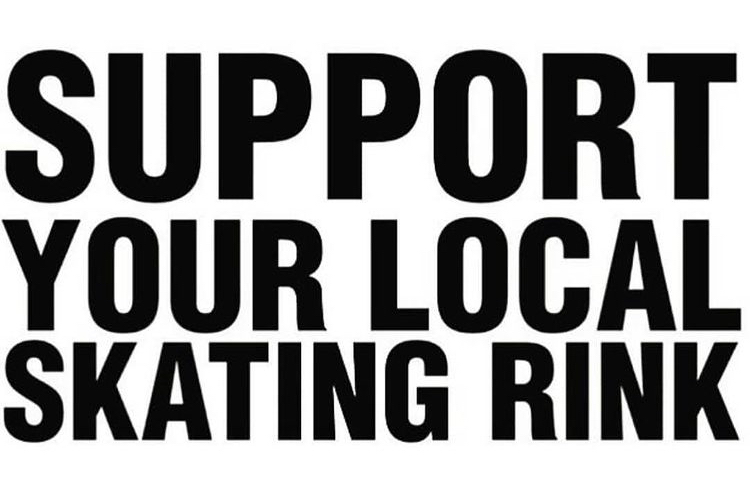The provided information is for informational purposes only and should not be construed as a substitute for professional medical advice. Always seek the advice of your physician or other qualified healthcare providers with any questions you may have.What Are Bacteria And Viruses?Bacteria and viruses can spread. When someone in your household is ill with a contagious disease, extra precautions need to be taken to prevent spreading the illness to other members of the household. knowing how bacteria and viruses can spread is the first step in preventing their transmission. Bacteria are tiny single-called organisms that can be seen only through a microscope. Bacteria get nutrients from their environment, which in some cases is you or some other living being or animal. both good and bad bacteria exist. Examples of good bacteria are those that aid the digestive system by keeping it in working order and preventing harmful bacteria from moving in. some bacteria are even used to make medicines and vaccines. Harmful bacteria contribute to cavities, ear infections, strep throat and many other infections and illnesses. Viruses are very tiny organisms, even smaller than bacteria. Viruses reproduce and survive only when they are inside a living cell. Although their life spans outside living cells are generally short, some viruses can survive for servers days on inanimate objects and materials. If a living body is infected with a virus, the body’s fluids contain the virus. And when these fluids are left on surfaces, such as a doorknob or water faucet, the virus can remain alive on these surfaces for hours or days and be transmitted to another living body. A host is any organism on or in which bacteria or viruses live for nourishment or protection. A person or animal - cats, dogs, birds, any living thing - can be a host. When a virus has moved into the body of a person or animal (the host), it multiplies and spreads easily and can make him sick. Viruses cause minor illnesses, such as colds, but they are also responsible for more serious disease like measles. How Bacteria and Viruses SpreadBacteria and viruses (germs) can be spread in many ways. Three main types of transmission occur: Direct contact: person-to-person contact. This includes shaking hands, high-fives, fist bumps and hugging. If someone is a host to germs, his body’s fluids contain germs. When he sneezes or coughs, droplets of fluid will get on his hands. If he then directly touch another person, such as shaking his hand, he can transmit the germs to that other person. Indirect contact: Indirect contact occurs when someone spread germs onto an object, another person touches that object, and the germs spread to that person. Germs can reside on: Doorknobs stair rails Countertops Faucets Phones Keys credit Cards Tablets Remote Control keyboards Pens Any other commonly touched objects and surfaces Airborn Germs can also travel through the air from one person to another. For example, germs are release into the air when a host cough or sneezes. The tiny droplets from a cough or sneeze can travel and spread germs when the land on surfaces or another person. The important thing to know is that a person can be a host without even knowing. For example, a person may have a virus in his body yet have no symptoms of illness. He may, in fact, never get sick. But someone else in contact with him can still pick up the virus and become ill. Guidelines for Households with a person in IsolationBecause germs are easy to transmit from one person to another, it is important to isolate anyone who is ill or may be ill with contagious disease to protect others-family,friends, associates and the rest of society. Isolation means separating a person so that no germs are passed on to others. If someone in your household is ill with a contagious disease (or you suspect the person may be contagious based on their symptoms), do the following immediately: 1. Keep your entire household at home. 2. Do not go to work or to school. Work or study from home. 3. Contact your medical doctor for advice. Call ahead before going to a clinic or doctor’s office or hospital. It may be advisable to stay home and protect others from being infected, unless the illness is severe. If a person has severe symptoms, such as shortness of breath, health fever, etc., seek immediate medical attention. 4. Keep the person who is ill isolated from the rest of the household. Ensure elderly people and those susceptible to illness are kept well away from the ill person. 5. Do not have the ill person in contact with pets or other animals. If an ill individual pets his cat or dog, for instance, he may leave germs on the pet’s fur that can be transmitted to others who pet the animal later. 6. Have the ill person stay in a separate room until fully recovered and no longer contagious. 7. Find out from your medical doctor when it is safe for the person to return to work or interact with others. 8. Be careful to thoroughly follow all hygiene and sanitizing recommendation given in this booklet. Cleaning and SanitizingFrequent cleaning and sanitizing are needed when someone in your household is ill with a contagious disease.
cleaning refers to using chemicals to kill germs on surfaces. Sanitizing doesn’t necessarily clean surfaces, but by killing germs on a surface after cleaning, it can further lower the risk of spreading infection. Products to Use for Sanitizing when a person in your household is ill and is isolated, increase how often you clean and sanitize, particularly frequently touched surfaces, light switches, handles, desks, phones, toilets, faucets and sinks. 1. To sanitize a surface, use a standard disinfectant, such as hydrogen peroxide. Use any concentration between 3% (common household grade) and 7.9%. 2. Another effective disinfectant is grain alcohol or rubbing alcohol. Use alcohol-based products with at least 70% alcohol. Do not use products with an alcohol content above 90%, as these will evaporate before killing viruses. 3. you can also use a bleach-and-water solution of 1/12 cup (4 teaspoons) of bleach per 1 quart of cool water (20 ml bleach per 1 liter of cool water). When preparing a bleach solution, always check the bottle’s expiration date to ensure the bleach has not expired. Never mix bleach with any other cleaning solution or liquid except water. 4. always read and follow the manufacturer’s instructions for how to apply the disinfecting product, including the length of time it should be left on a surface. Isolate Person’s Room If you must be in contact with the ill person, due to the person’s age or infirmity: 1. Always put on a face mask and disposable gloves before entering the ill person’s room. 2. Ensure the ill person also put on a face mask before you enter the room. 3. Remove and discard your mask and gloves in a lined trash can as you leave the room. 4. Wash your hands thoroughly. Bathroom An ill person who is isolated should use a different bathroom than others in the household. If a separate bathroom is not available: 1. Fully sanitize the bathroom after each use, following the guideline on cleaning and sanitizing given in this booklet. 2. Use disposable gloves (and ideally a face mask, if you have one) when cleaning and sanitizing the bathroom. 3. When done sanitizing, remove and discard the gloves. 4. Wash your hands thoroughly. Dishes and Utensils The person in isolation should use disposable and utensils. If disposable dishes and utensils are not available, was and sanitize the dishes in a dishwasher that has a final rinse temperature of at least 150 F (65 C). If no dishwasher is available, fully sanitize the dishes by doing the following: 1. Use disposable glove (ands mask, if you have one) to take used dishes directly to an empty sink. Keep the glove on. 2. thoroughly wash and rinse dishes, glassware and utensils. 3. Remove and discard the gloves. Wash your hands thoroughly. Put on a new pair of gloves. 4. Soak the clean dishes for at least two minutes in a solution of 2 teaspoons of bleach per 1 gallon of cool water (10 ml bleach per 4 liters of cool water). 5. Drain and air-dry them. 6. Remove and discard the gloves. 7. Wash your hands thoroughly. Garbage 1. Dedicate a lined trash can for the ill person’s room. 2. Use disposable gloves ( and a mask, if you have one) when removing garbage bags and handle and disposing of an ill person’s trash. 3. Place the fully sealed garbage bag in an outdoor waste receptacle. 4. Remove and discard the gloves. 5. Wash your hands thoroughly. Laundry Always wear disposable gloves (and a mask, if you one) when handling a contagious person’s dirty laundry. caution: Do not shake the laundry so you don’t spread germs through the air! Wash clothes per the washing machine instructions, using the hottest possible appropriate setting. The higher the temperature, the more likely you are to kill viruses and bacteria. Caution: Do not overfill the washing machine with clothes or linens. Leave enough room for the water to be able to adequately wash away dirt and germs. 3. When you are done putting the ill person’s laundry in the machine, remove and discard the gloves. 4. Wash your hands thoroughly. 5. Start the wash cycle. Once the water is running in the machine, add 1/2 to 1 Cup (120 to 240 ml) of hydrogen peroxide to the washing machine. Caution: Do not pour hydrogen peroxide directly on anything that isn’t white, as it will bleach it. 6. Dry the laundry completely at the hottest recommended setting. 7. Sanitize the washing per the manufacturer’s instructions. 8. Before putting another liner in, clean and disinfect the ill person’s clothes hamper following the sanitizing recommendations given in this booklet. Summary By following the guidelines and precautions in this booklet, you can help prevent the spread of illness. for more information and to download this booklet, visit Scientology.org/StayWell Courtesy of Church of Scientology International |




 RSS Feed
RSS Feed







